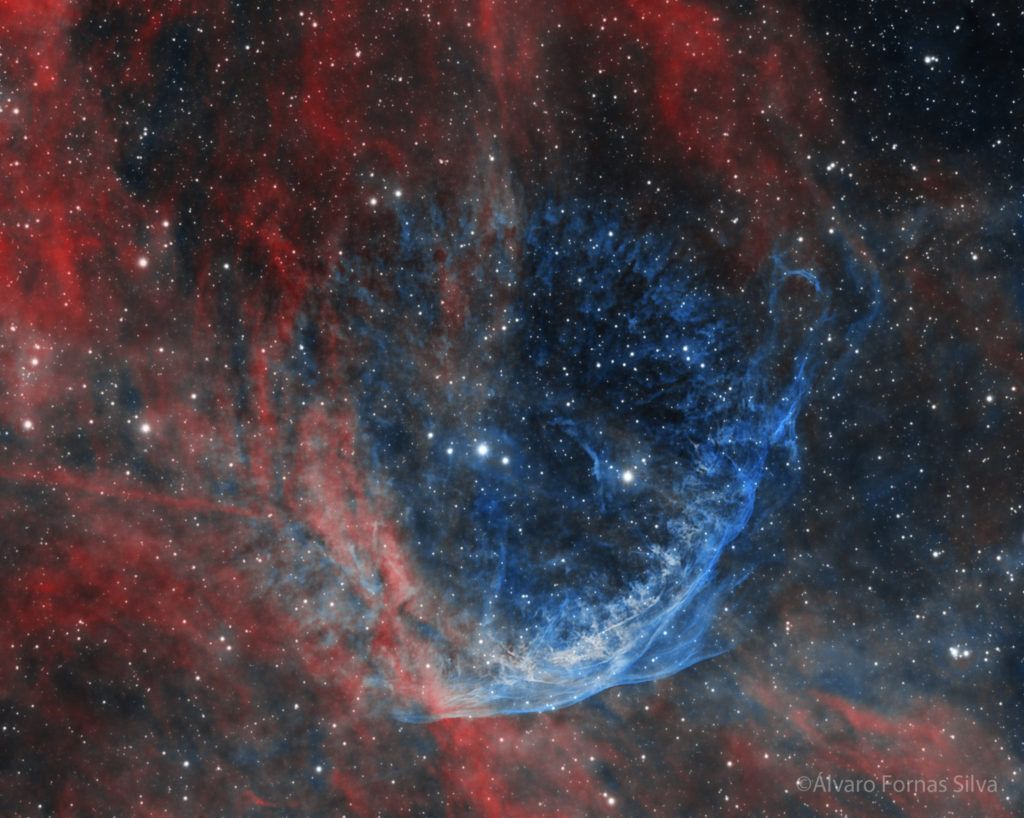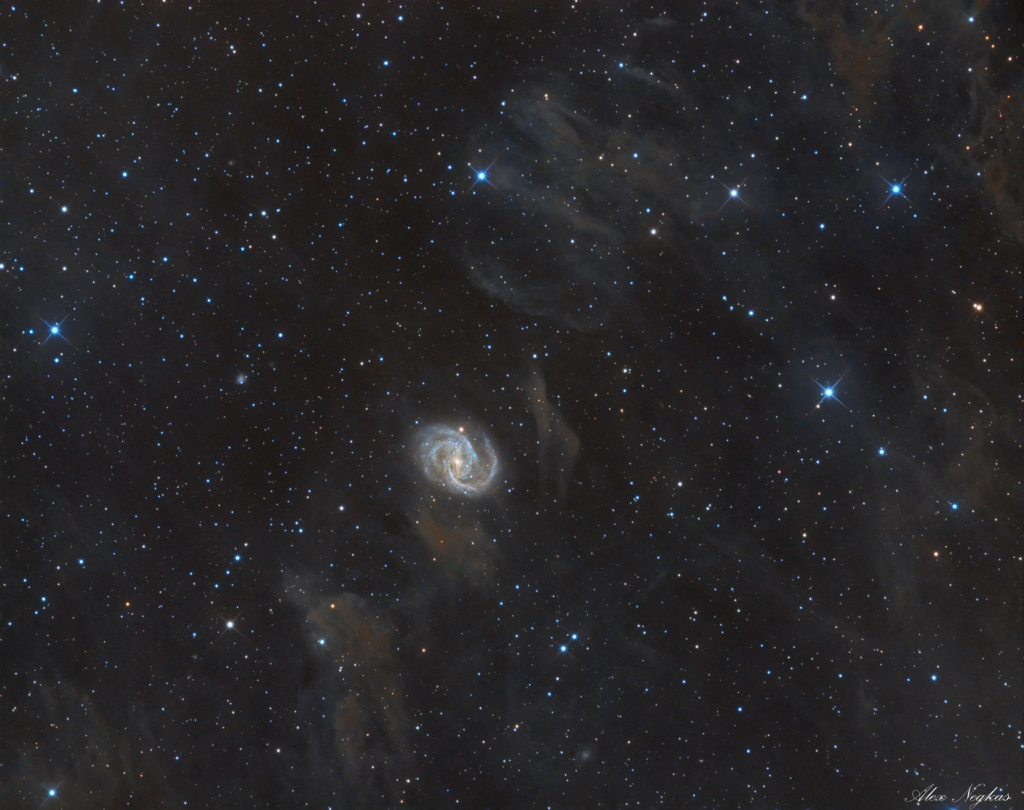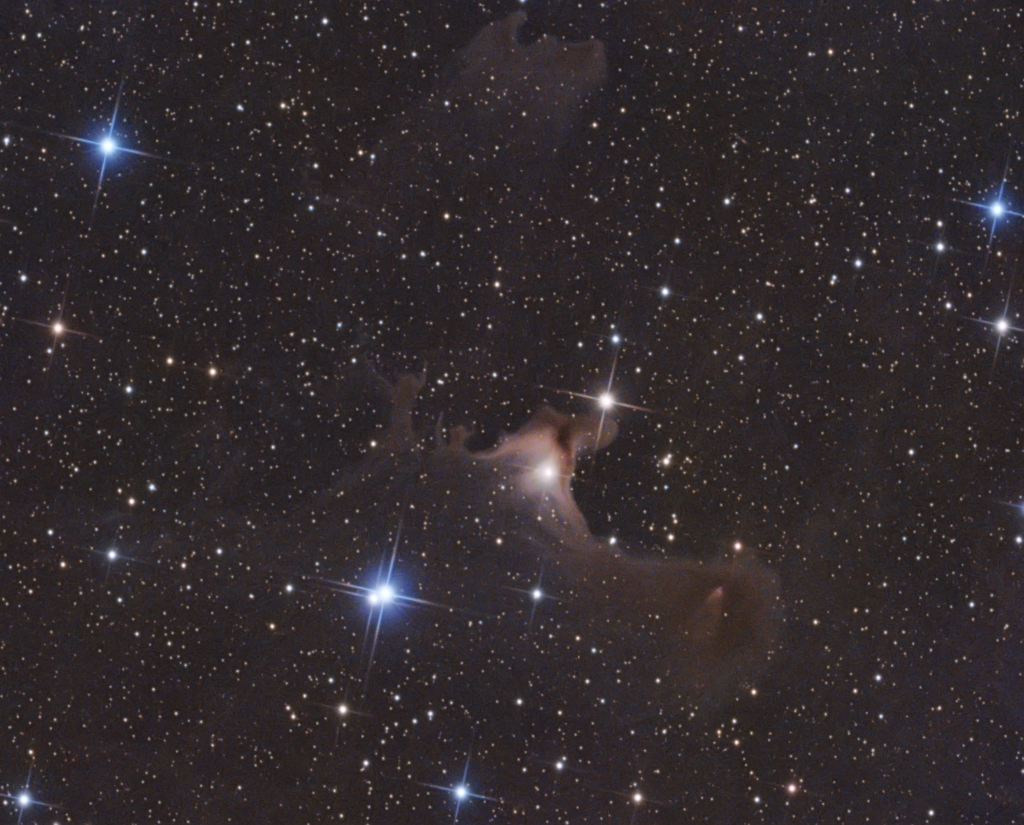This year we have had so many incredible images and with over 300 entries choosing a winner has been a task in itself, the Atik team has banded together to choose the winner this year and we are so excited to announce it!
Although before we announce the 2021 winner, we’d like to take a moment to say a huge thank you to all the Astro photographer’s that took the time to enter. The standard of entries this year has been commendable, we hope the competition keeps growing and we discover new Astro photographers each and every year!
Without any further suspense, the winner of the 2021 Astrophotography Competition is…
George Chatzifrantzis for his incredible image of The Horsehead Nebula Starless – Atik 460ex
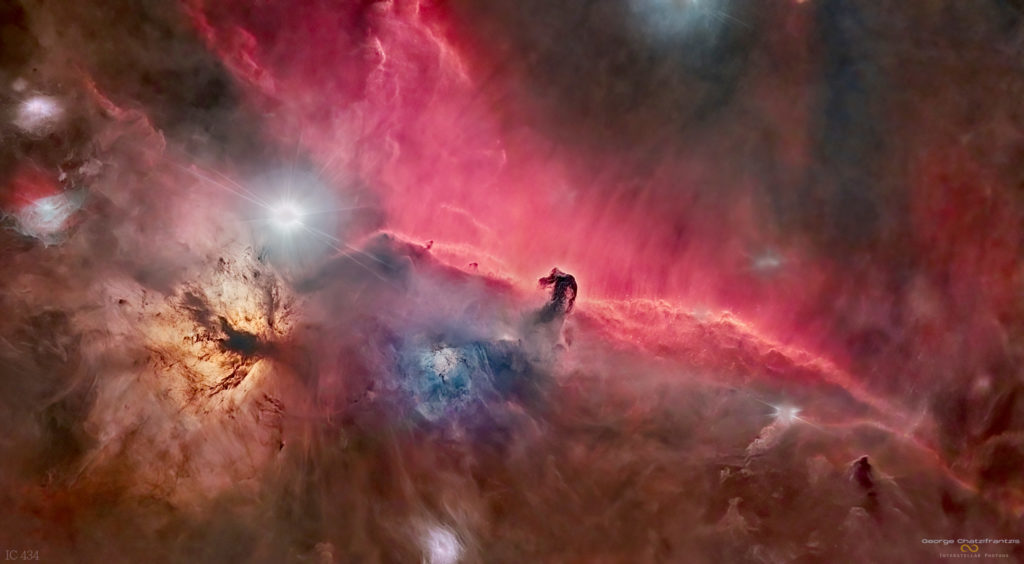
A few words from the winner:
I am 43 years old and my birthplace is Greece. Since I remember myself my sight was above to the skies. Looking at the stars made my mind and my soul feel free and at the same time made me realize how small we all are in this endless universe. So, to get a telescope was a matter of time.
I made the first step at the age of 18 when I bought a Newtonian 4,5-inch telescope and since then many more came. I remember how excited I was at my first attempt to capture the ancient light using a simple film camera. The years passed by and with the technological evolution I evolved the Astro photographer side of myself.
The last 8 years with countless hours of efforts I achieved images I could not have imagined. This image horsehead nebula is one of them. This took place a winter night with low temperatures but high mood. I set my gear and started to collect light using my fast f2 optics. The result was so fine that I didn’t even care about the time or the cold. With great caution and smooth process this image came to life.
The Horsehead Nebula is a jewel of winter sky and definitely one of my favourite targets and I am very happy that I managed this result and I am even happier to share it with all of you. Thank you Atik for this great honour!
What an achievement! George has chosen the new Apx60 from the Atik astro range of cameras, and we’ll look forward to seeing the results.
Along with our winner, we’d like to congratulate our two runners up that will win any Atik accessory. Our runners up are…
Runners up
Lee Phillips – Orion Deep Field – Atik 383L Plus
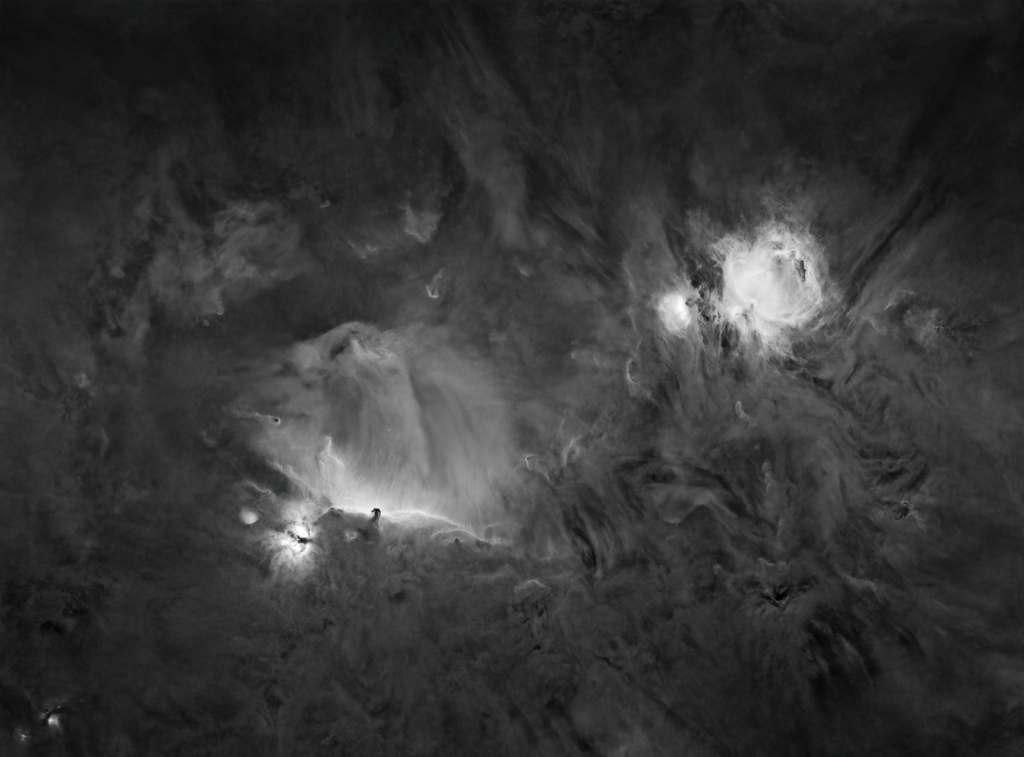
About the image: I have always loved this area of sky like many others, but about a year ago I saw a very deep image of the area and just had to try and get something similar.
Ideally a larger format sensor and longer focal length scope would get the best resolution, but with the M4/3rds size sensor in my beloved Atik383L+ I needed to use my Samyang 135mm lens to get a wide enough FOV.
This worked surprisingly well and still captured a good amount of detail, what I love about the Kodak 8300 sensor is how well it stacks up, only 18 x 900sec Ha subs were all I needed to capture this image @f2.8.
The only calibration frames I use with this camera are bias frames, simple dithering and sigma rejection stacking deals with any warm pixel. The stacks from this camera are always so clean I do not have to do much processing on them, I only use MaximDL and Photoshop and Starnet++ to remove the stars. I plan to capture it again in Oiii to produce a colour version in the near future, but I always have a soft spot for mono images as I think they show the details better.
I captured it from my back garden observatory in Kent, England, under Boatel 5.5 skies.
About the astrophotographer: Lee is an experienced Astronomer and astrophotographer based in Kent England.
I have always been interested in Astronomy from an early age but became serious about it in 1997 when I joined SEKAS the South East Kent Astronomical Society. I soon started experimenting with astrophotography using slide film, then quickly joined the CCD revolution following reading an article by Atik’s founder Steve Chambers, on how to modify a Philips ToUcam to do long exposures. I also modified a few for club members then also modifying DSLR cameras, before moving onto dedicated astronomy cameras. For the last decade I have been using Atik CCD cameras.
I love to travel to the USA to image in the dark skies of Arizona and Utah and have arranged several Astronomy focussed roads trips for fellow Sekas members.
Alvaro Fornas – Wolf Rayet 134 – Atik One 6.0
About the image: WR134 is a relatively small star, five times the size of the sun, with a very high temperature of 63.000K. Stellar wind creates a surrounding nebula with radial structures that are really faint. I fell in love with this object so I wanted to photograph it, even if I knew it was going to be the most difficult target I had ever tried. This a pure narrowband image mapped with the HOO palette. Unfortunately my Atik One 6 kit filter wheel has only 5 positions so I did not take RGB stars.
This object has a very faint O3 signal. On 900 second exposures you could only see the outer ring but those radial structures were unnoticeable. After stacking 28h on O3, more structures were present but they remained very faint. I had to rely on heavy processing, removing stars on individual Ha and O3 channels and processing everything separately. Good flats were key to success as very small gradients would have hindered the enhancing process.
Equipment used was an Atik One 6 integrated Kit, SkyWatcher MN190 and NEQ6 mount.
As an anecdote, I photographed this object on a new moon and the following month was somewhat busy for me so I didn’t look at the data. The following new moon arrived and I hadn’t made any plans. My friends were awaiting me so I loaded the car with no new targets and decided to add more data to the WR134. It was good to have no plans because without that second new moon data I’d have not got this image.
About the astrophotographer: I’m an Industrial Designer Engineer from Valencia (Spain). Amateur astronomer from 10 years ago, my image editing background skills really drove me to astrophotography almost immediately. I began with a lent Meade ETX-70 and a DSLR. I remember how exciting it was to see my first Orion Nebula on the camera display. 4 years ago I took a step forward purchasing a dedicated CCD camera and I certainly do not regret it.
Finally, we have our highly commended section for images that definitely deserve to be highlighted from this year’s entries.
Highly Commended
Lastly, we’d like to mention the two images in our highly commended section, kicking it off with the exceptional image of NGC 6951 in Dust by Alex Negkas. Alex achieved this image with an Atik 460ex and a custom Newton 10 telescope. Alex has made an amazing job of capturing the dust clouds surrounding the barred spiral galaxy.
Astrophotographer Christina Irakeous has provided the gallery with some incredible imagery, but we all agree this image of the Ghost Nebula is beautifully done. Amazingly, Christina uses the Atik 450 one shot colour to achieve this result. Very well done!
Again, we’d like to congratulate George for winning the Apx60 and our runners up for winning an accessory of their choice.
Our 2022 Astrophotography competition will be announced shortly, and we look forward to seeing many more of your prize winning Astro photos in 2022!

